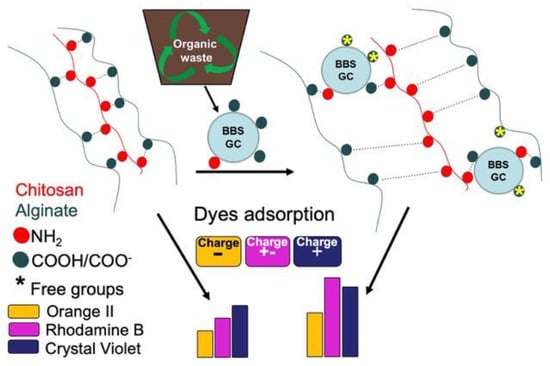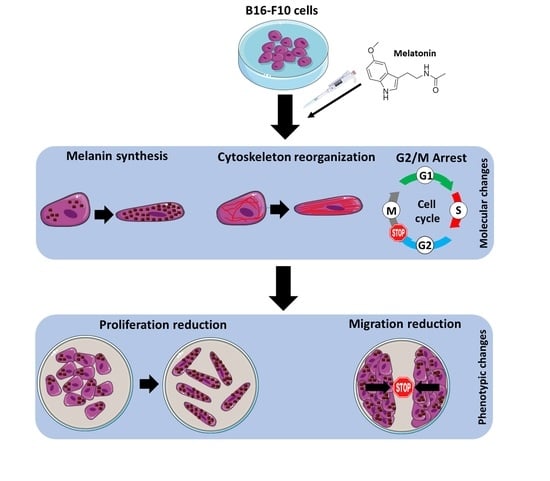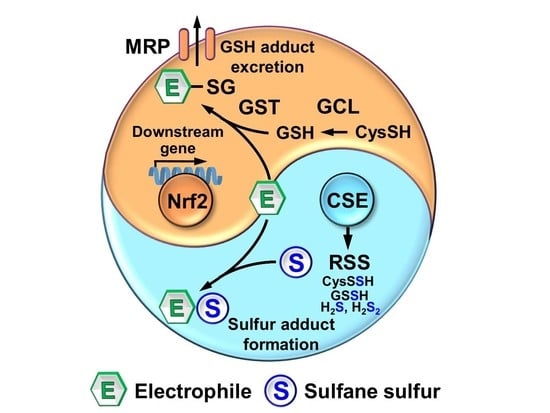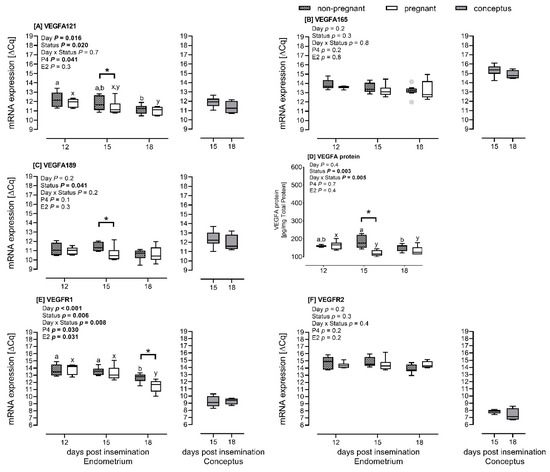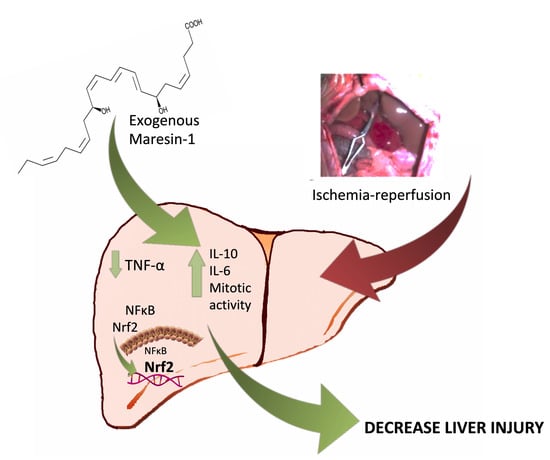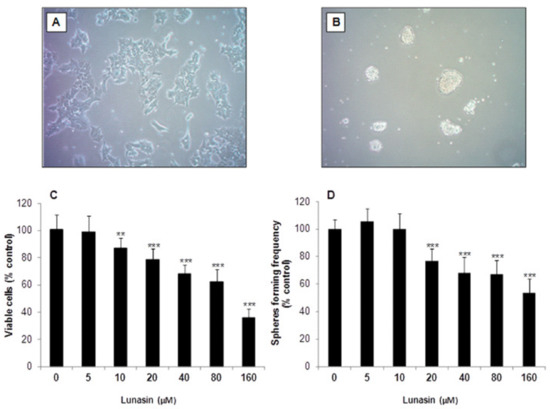Int. J. Mol. Sci. 2020, 21(2), 551; https://doi.org/10.3390/ijms21020551 - 15 Jan 2020
Cited by 21 | Viewed by 3344
Abstract
A gentamicin-loaded hydroxyapatite/collagen bone-like nanocomposite (GNT-HAp/Col) was fabricated and evaluated for its absorption–desorption properties, antibacterial efficacy, and cytotoxicity. The hydroxyapatite/collagen bone-like nanocomposite (HAp/Col) powder was mixed with gentamicin sulfate (GNT) in phosphate-buffered saline (PBS) at room temperature. After 6 h mixing, the GNT
[...] Read more.
A gentamicin-loaded hydroxyapatite/collagen bone-like nanocomposite (GNT-HAp/Col) was fabricated and evaluated for its absorption–desorption properties, antibacterial efficacy, and cytotoxicity. The hydroxyapatite/collagen bone-like nanocomposite (HAp/Col) powder was mixed with gentamicin sulfate (GNT) in phosphate-buffered saline (PBS) at room temperature. After 6 h mixing, the GNT adsorption in all conditions reached plateau by Langmuir’s isotherm, and maximum GNT adsorption amount was 34 ± 7 μg in 250 μg/mL GNT solution. Saturated GNT-loaded HAp/Col powder of 100 mg was soaked in 10 mL of PBS at 37 °C and released all GNT in 3 days. A shaking culture method for a GNT extraction from the GNT-HAp/Col and an inhibition zone assay for the GNT-HAp/Col compact showed antibacterial efficacy to Escherichia coli (E. coli) at least for 2 days. From the release profile of the GNT from the GNT-HAp/Col powder, antibacterial efficacy would affect E. coli at least for 3 days. Further, no cytotoxicities were observed on MG-63 cells. Thus, the GNT-HAp/Col is a good candidate of bioresorbable anti-infection bone void fillers by prevention initial infections, which is the primary cause of implant-associated infection even for rapid bioresorbable materials.
Full article
(This article belongs to the Special Issue Transaction and Interface of Inorganic/Organic Materials and Biological Beings)
►
Show Figures

